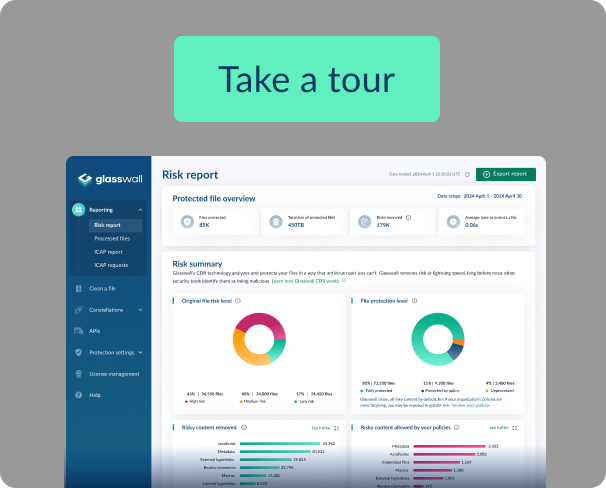The price of success - an introduction to cryptocurrency cybersecurity
Cryptocurrency as we know it first began with the creation of Bitcoin in 2009. As its popularity increased, and the appeal of a decentralised currency caught on, it launched the creation of other new cryptocurrencies. Today, there are over 6000 examples in existence.
Once relatively obscure, cryptocurrencies are no longer relegated to a group of niche early adopters. When Paypal recently announced it would be allowing users to buy and sell using Bitcoin and other cryptocurrency, it signalled their emergence into the mainstream. As more businesses accept them as payment, more people will use them as currency, which exposes a new cybersecurity threat vector.
Although cryptocurrencies have many benefits, such as allowing users to have more control over their money and subsequent transactions by being relatively anonymous, these can conversely be disadvantageous as well. Due to the anonymity provided by cryptocurrencies such as Bitcoin, and the fact they are a digital technology, makes them a lucrative target for criminals and therefore susceptible to cybersecurity breaches. Up to 33% of bitcoin trading platforms are estimated to have been hacked.
Security standard frameworks for payment cards are well established, however for cryptocurrencies they are still emerging. In the forefront is the Cryptocurrency Security Standard (CCSS), an open source framework focused on enterprise data security and storage. Its main focus is ensuring that corporations have protections in place for the proper storage and handling of cryptocurrency wallets. The CCSS is organised into three levels, with companies having to attain each level of certification depending on the security setup they have in place. These can depend on things like secure key storage practices, maintenance of audit logs and having a crypto specific data sanitization policy. Businesses who are ready to embrace cryptocurrencies, should educate themselves on the challenges and try to mitigate the risks involved.
However, even if your business is not dealing with cryptocurrency or blockchain technology directly, there are other ways crypto can impact your business. One of these is called cryptojacking - when hackers use ransomware and related tactics to access a computer to mine cryptocurrencies. Hackers embed the cryptojacking code within malicious files, which if allowed to enter your network, run in the background silently. Unlike many forms of malware, cryptojacking doesn’t damage your computer or your data but it does result in slower processing speeds. For individual users, it may be a mere annoyance, however if your entire network is infected then you could incur higher IT costs trying to solve the problems.
There’s no denying that cryptocurrencies are here to stay, so companies should stay one step ahead of any threats by enhancing their company’s cybersecurity protection, to make them less likely to be a target of hackers. Content, Disarm and Reconstruction (CDR) provides a proactive approach to cybersecurity, removing file-based threats before they even reach the user minimising downtime and disruption often caused by traditional reactive solutions.






.png)
